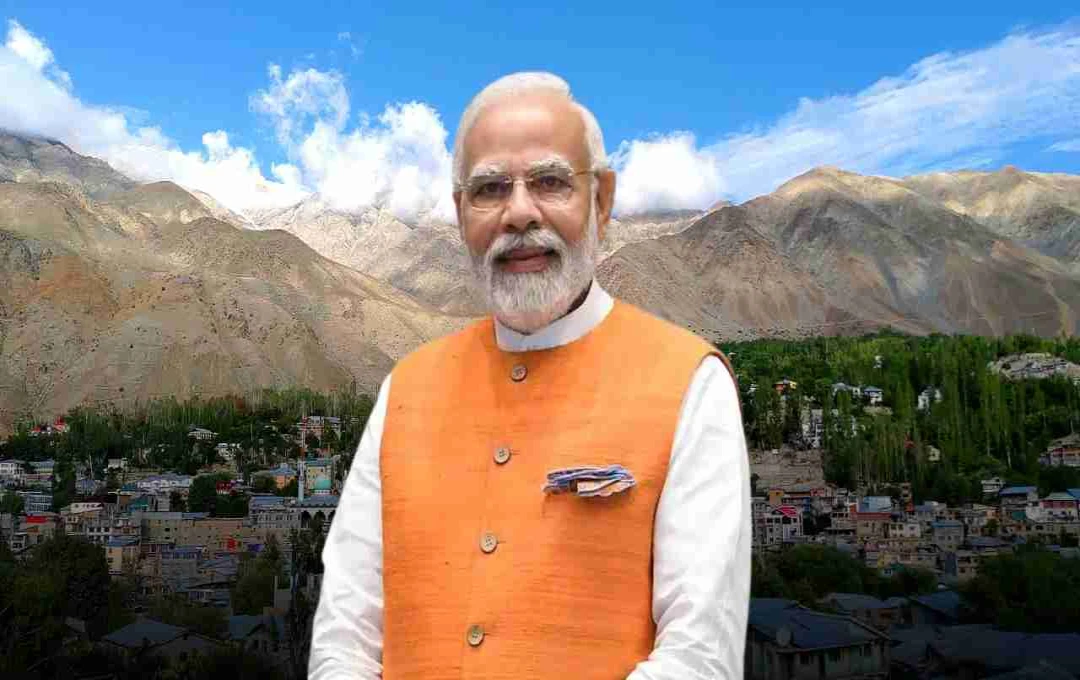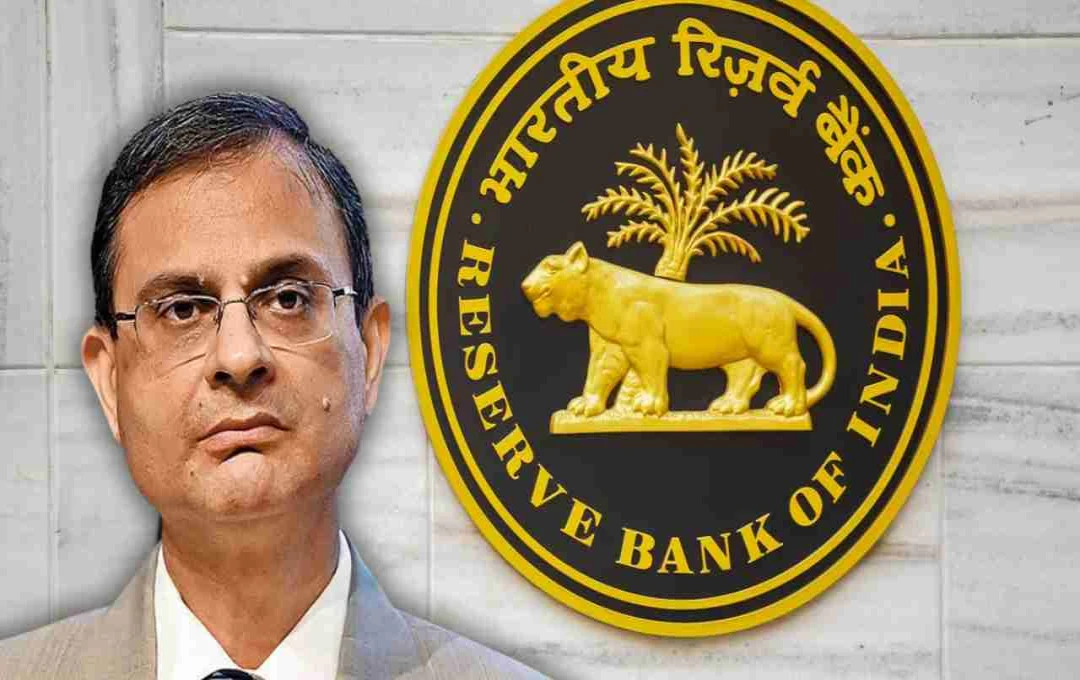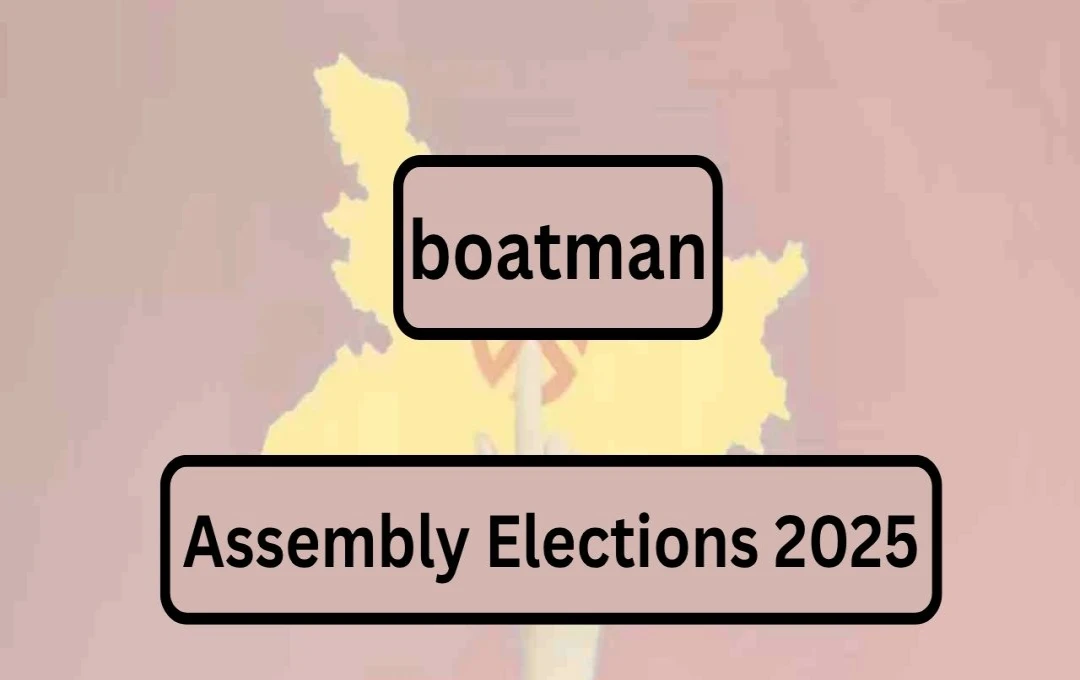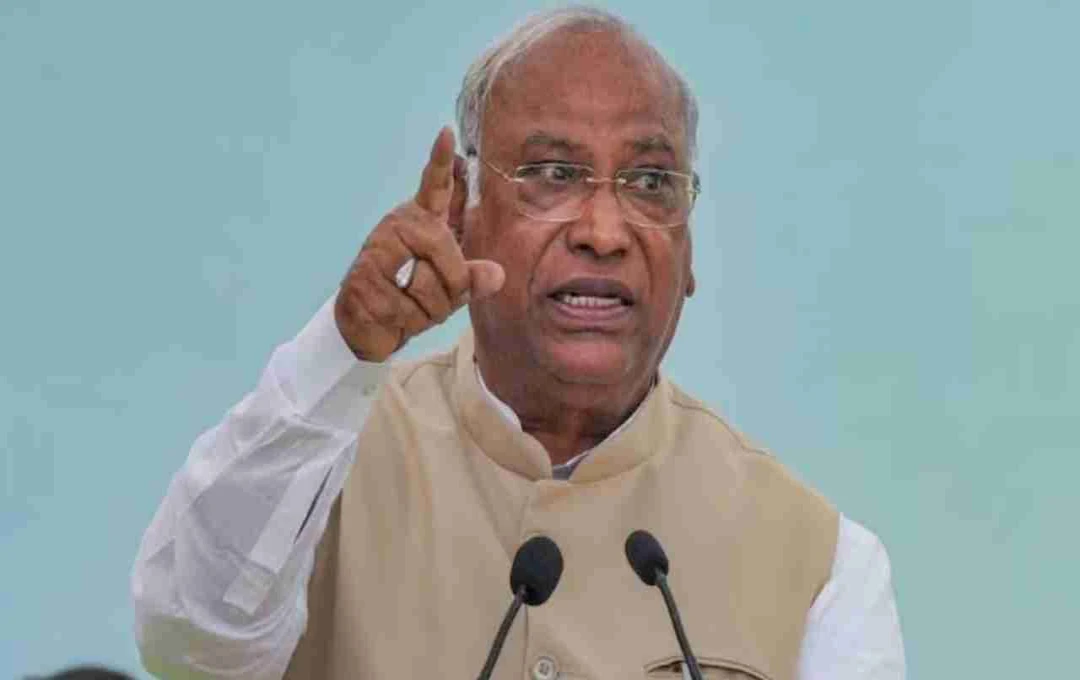In the last five years, Ladakh's landscape has completely transformed. Electricity and internet have reached every village. Through the BharatNet project, 193 panchayats were connected with satellite internet, and 175 new mobile towers were installed. The Srinagar-Leh transmission line ensured a stable power supply. Solar projects, MSMEs, and employment schemes have given a new direction to self-reliance and development.
Ladakh development: Ladakh, which once grappled with severe communication and electricity issues, is now rapidly progressing towards a digital and self-reliant India. Thanks to the Modi government's schemes, electricity and internet have reached every village. Under the BharatNet project, all 193 panchayats were connected with satellite internet, and 175 new mobile towers were installed. Meanwhile, the Srinagar-Leh transmission line and new solar energy projects have made a stable power supply possible. Small businesses, MSMEs, and employment schemes have provided jobs to over 54,000 people. This transformation is making Ladakh a new model of development and self-reliance.
Internet Facility in Every Village
Until recently, many areas in Ladakh did not even receive mobile signals. People felt cut off from the world. But now, the situation has completely changed. Under the BharatNet project, all 193 Gram Panchayats of Ladakh have been connected with satellite internet. The benefit of this is that children can study online, people are using online services, and administrative tasks are also being completed digitally.
Additionally, 175 new mobile towers have been installed in remote areas. Mobile signals now reach high mountainous regions and border villages, significantly easing the lives of common people.
From Darkness to Light
The biggest problem in Ladakh has been electricity. In winters, during heavy snowfall, villages would plunge into darkness. In 2019, the government launched a 335-kilometer-long 220-kilovolt transmission line from Srinagar to Leh. Thanks to this line, Ladakh has been receiving a stable power supply for the past five years.
Preparations are now underway to connect inaccessible areas like Nubra and Zanskar to this electricity network. New 220-kilovolt lines are being constructed for this purpose. Additionally, 66-kilovolt lines are being laid from Himya to Nyoma and from Kharu to Durbuk. The government is also building two new transmission lines from Phyang to Diskit (Nubra) and from Drass to Padum (Zanskar), which are targeted for completion by next year.
Ladakh to Shine with Solar Energy
Ladakh receives abundant sunlight. Keeping this in mind, there is a b emphasis on promoting solar energy here. A major solar project has been initiated in the Taru region. It includes a 25 MW AC solar plant, with a 50 MW peak capacity, and a 40 MWh Battery Energy Storage System. This project is being developed by the Solar Energy Corporation of India.
Upon completion of this project, Ladakh will be able to meet its own electricity needs and also provide green energy to the rest of the country. This will create new employment opportunities and benefit the environment.
New Strength for Small Businesses
Small and medium businesses are now rapidly growing in Ladakh. In recent years, over 18,500 businesses have been registered here, providing employment to approximately 54,000 people. With government assistance, people are becoming self-reliant by leveraging easy loans and scheme benefits.
Approximately 10,000 people have started their ventures under the Khadi Gramodyog Yojana and the Prime Minister's Employment Guarantee Program. This not only provided them with employment but also gave them the opportunity to provide work to others.
Under the Pradhan Mantri Vishwakarma Yojana, over 4,000 traditional artisans in Ladakh have received loans of up to three lakh rupees, toolkits, and skill enhancement training. This is revitalizing traditional crafts and strengthening local identity.
Impact of the Changing Landscape
The people of Ladakh now feel more connected than ever before. Internet and mobile facilities have linked them to the world. A stable electricity system has made life easier. Meanwhile, solar energy projects and small businesses have opened new avenues for employment and self-reliance.
In five years, Ladakh's identity is no longer limited to being a border and inaccessible region. It has now become a b link in digital, illuminated, and self-reliant India.













